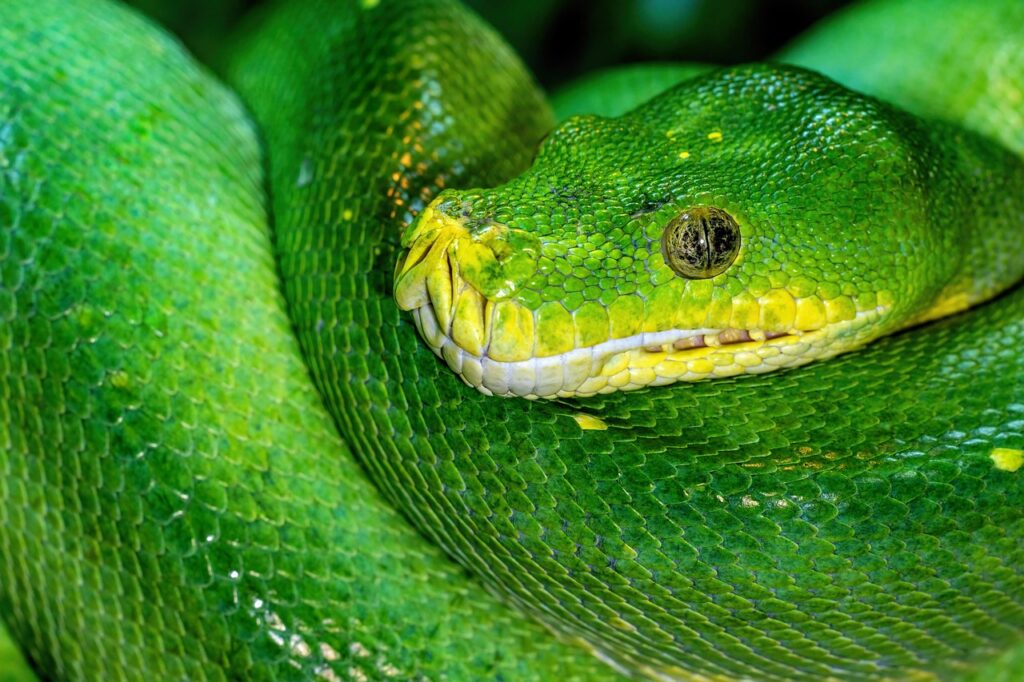Picture this: a massive Tyrannosaurus rex stalking through ancient forests, its bone-crushing jaws capable of delivering a bite force of 12,800 pounds per square inch. Now imagine that same predator facing off against a heavily armored Ankylosaurus, complete with a club tail that could shatter bones. This wasn’t just a random encounter—it was the result of millions of years of evolutionary warfare that shaped some of the most incredible hunting machines our planet has ever known.
The Dawn of Dinosaur Predation
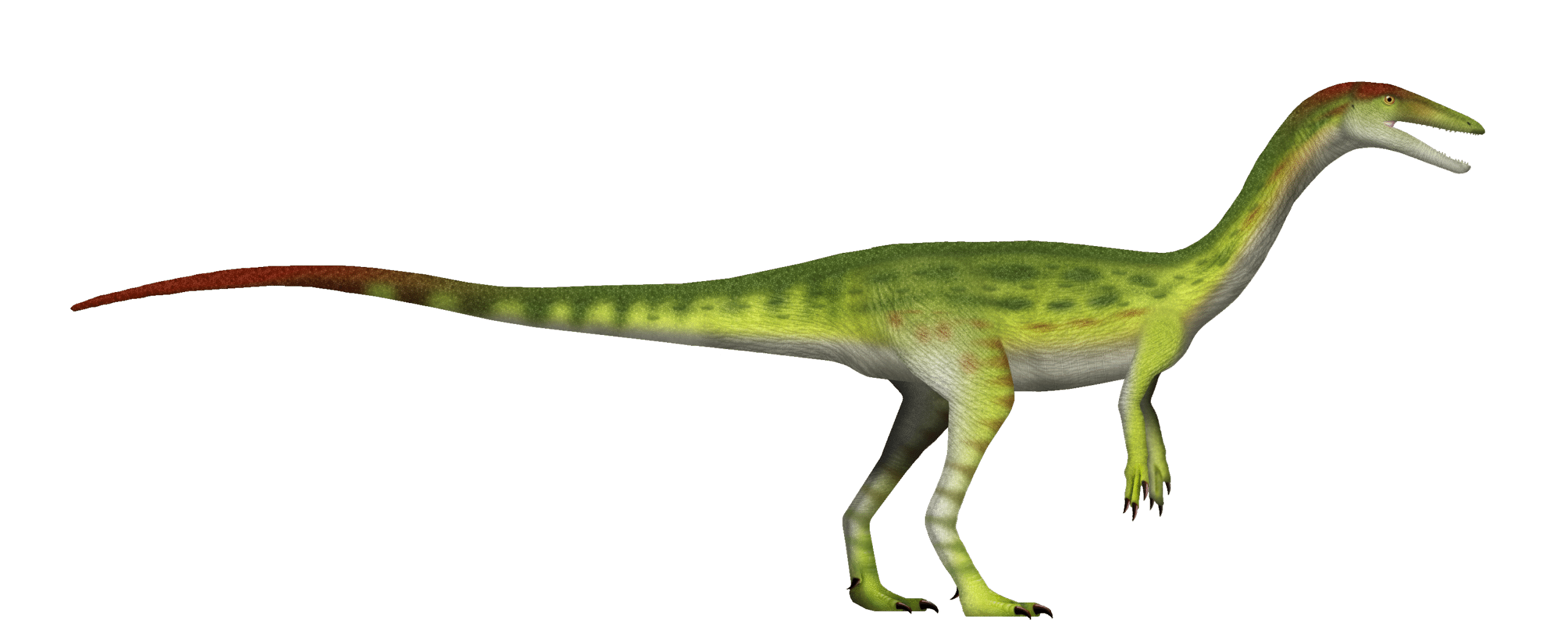
The story of dinosaur hunting begins in the Triassic period, around 230 million years ago, when the first dinosaurs were relatively small, agile creatures. These early predators, like Coelophysis, relied on speed and pack hunting rather than brute force. They developed sharp, serrated teeth perfect for slicing through flesh, and their lightweight bodies allowed them to pursue prey with remarkable endurance.
What made these primitive hunters so successful wasn’t their size—it was their innovation. Unlike the lumbering archosaurs that came before them, early dinosaurs possessed an upright stance that gave them a crucial advantage in both speed and energy efficiency. This seemingly simple change in posture would become the foundation for all future predatory developments.
Size Matters: The Gigantism Revolution
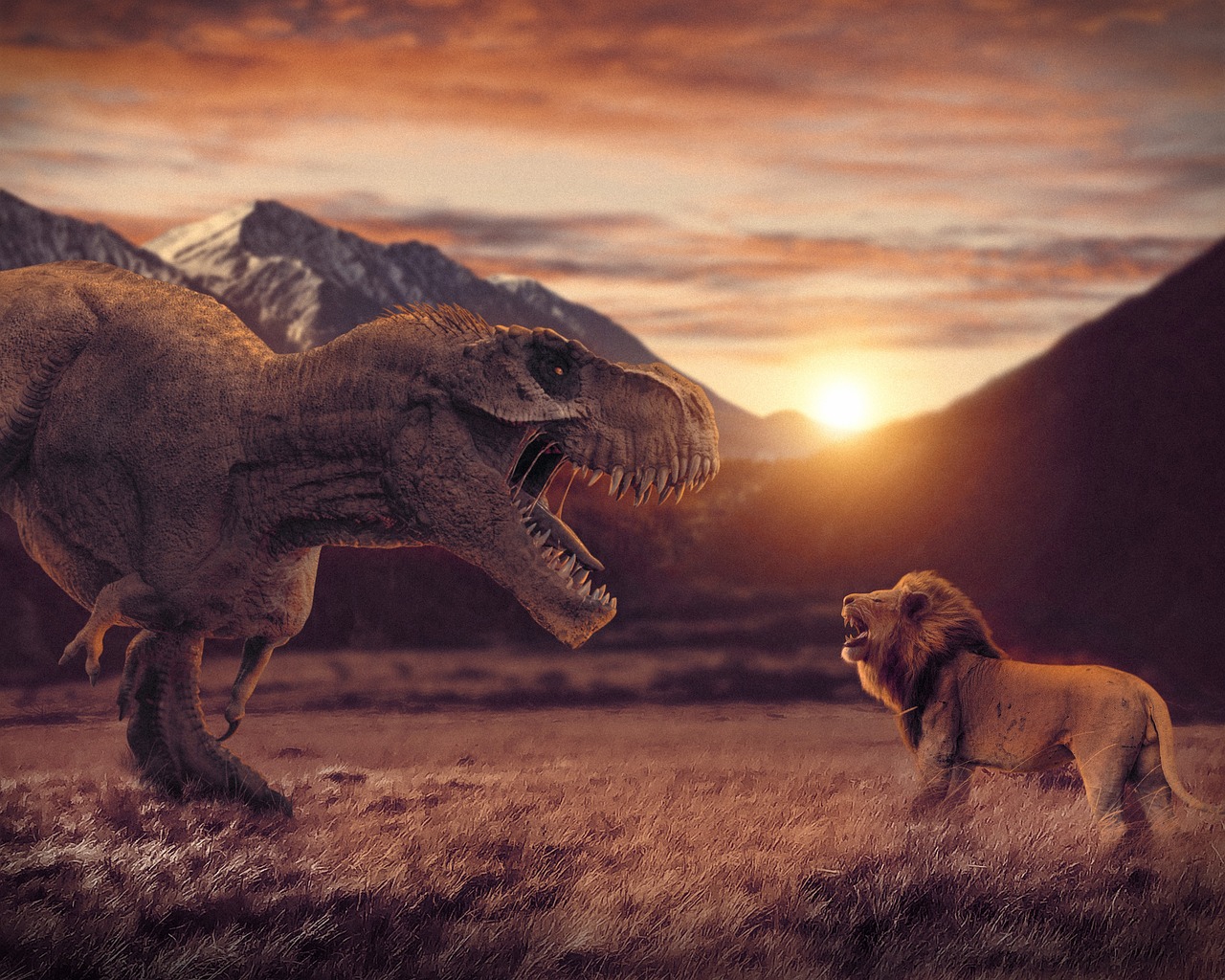
As prey animals grew larger and more formidable, predators had no choice but to follow suit. The Jurassic period witnessed an explosion in dinosaur size that would make modern predators look like house cats. Allosaurus, stretching up to 32 feet in length, represented this new breed of super-predator that could take down massive sauropods.
This size increase wasn’t just about getting bigger—it was about developing the muscle mass and bone density necessary to deliver devastating attacks. The skull of a large theropod like Carcharodontosaurus could reach over 5 feet in length, housing a brain sophisticated enough to coordinate complex hunting behaviors. Think of it as nature’s version of upgrading from a pocket knife to a chainsaw.
Bite Force Evolution: Nature’s Ultimate Weapon
The development of crushing bite forces represents one of the most dramatic advances in dinosaur hunting technology. Tyrannosaurus rex didn’t just have big teeth—it had a bite force that could crush a car. Recent studies using computer modeling have shown that T. rex could generate forces comparable to the weight of a small truck pressing down on a single point.
This incredible power came from massive jaw muscles that attached to enlarged skull crests and reinforced jaw bones. The teeth themselves evolved from simple pointed spikes to complex cutting and crushing tools. Some species developed banana-shaped teeth designed to pierce and hold, while others evolved flat, crushing teeth perfect for processing bone marrow.
What’s truly remarkable is how different predator lineages independently evolved similar solutions to the same problems, a phenomenon scientists call convergent evolution.
Speed and Agility: The Chase Specialists
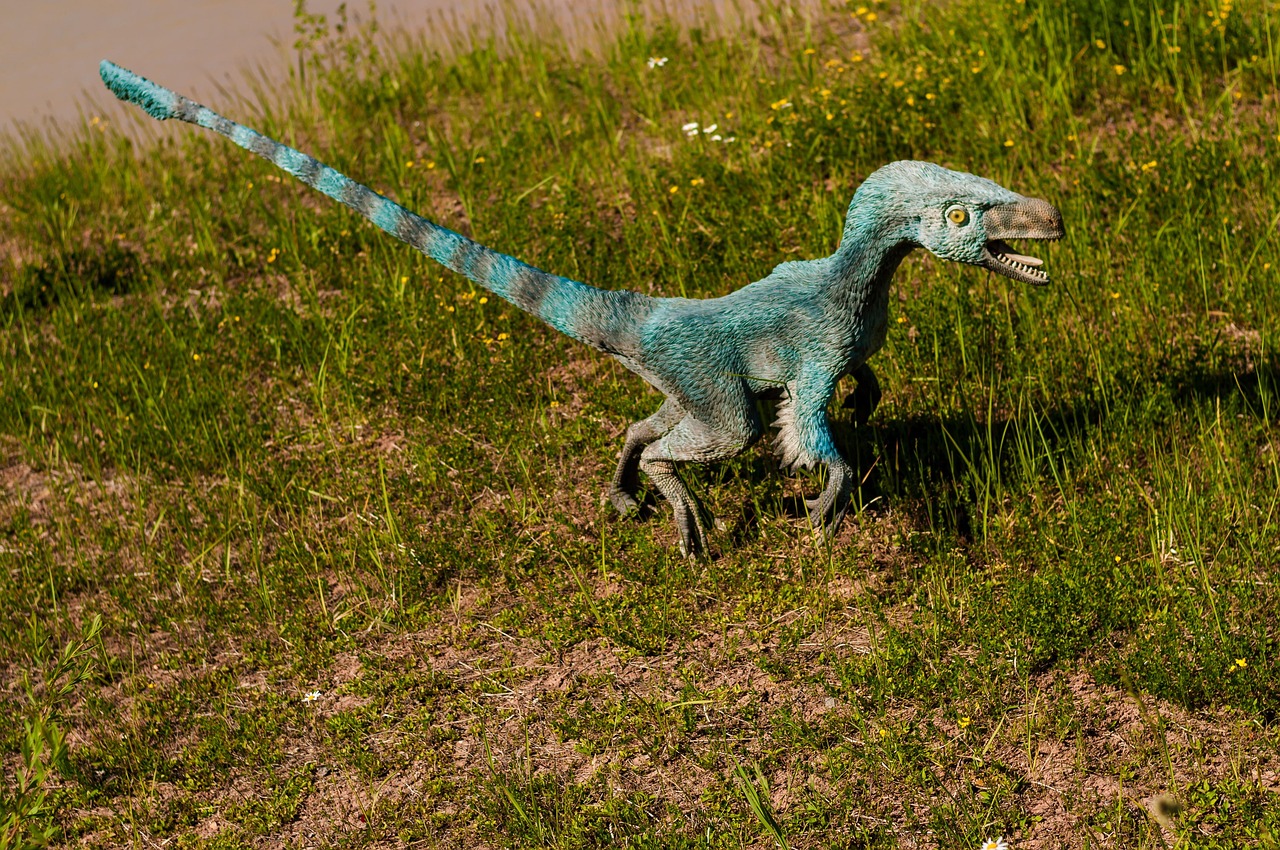
Not all dinosaur predators chose the path of becoming massive bone-crushers. Some species took the opposite approach, becoming lightning-fast pursuit predators that could run down prey across vast distances. Velociraptor, despite being popularized in movies, was actually about the size of a large dog, but what it lacked in size, it made up for in pure speed and intelligence.
These smaller predators developed hollow bones similar to modern birds, reducing their weight without sacrificing strength. Their legs became perfectly engineered running machines, with proportions that would make Olympic sprinters jealous. The femur-to-tibia ratio in many small theropods suggests they could reach speeds of 25-30 mph in short bursts.
Pack Hunting: Strength in Numbers
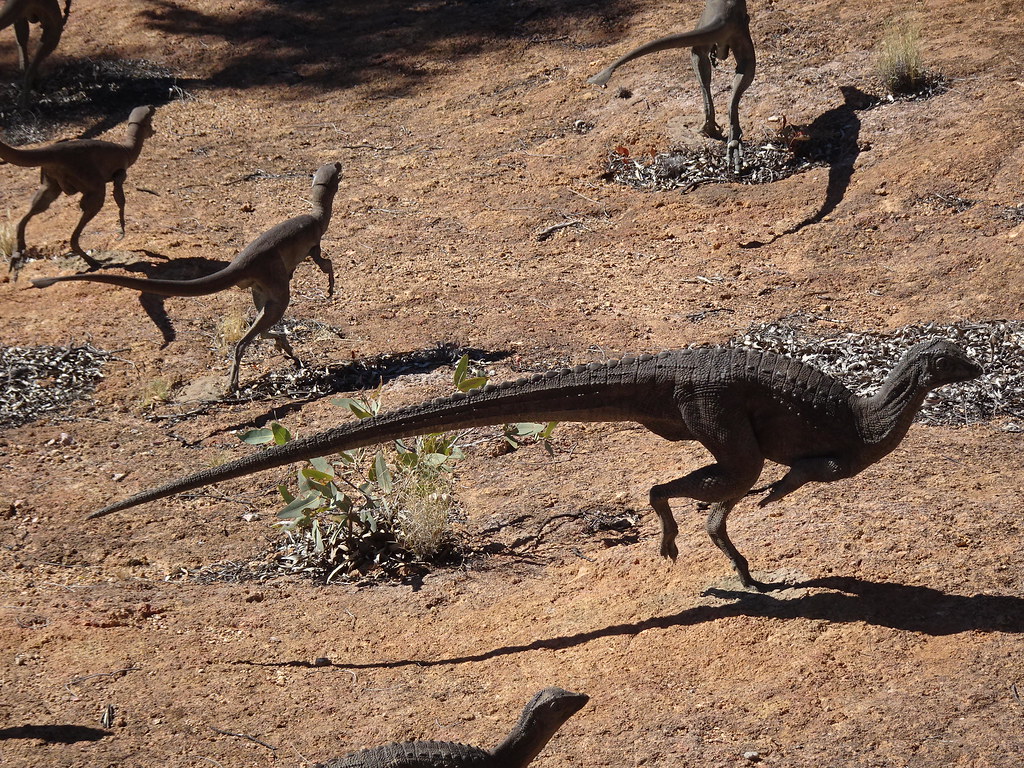
Perhaps the most chilling development in dinosaur predation was the evolution of coordinated group hunting. Fossil evidence from sites like the Cleveland Museum’s Deinonychus quarry suggests that some species hunted in packs, using complex strategies to bring down prey much larger than themselves.
Pack hunting required a level of social intelligence that rivals modern wolves or lions. These dinosaurs had to communicate, coordinate attacks, and share kills—behaviors that demand sophisticated brains and social structures. Imagine a group of six-foot-tall, razor-clawed Utahraptors working together to bring down a 30-ton sauropod.
The evidence for pack hunting comes not just from multiple skeletons found together, but from bite marks and bone damage that suggest coordinated attacks on specific body parts.
Stealth and Ambush: The Silent Killers
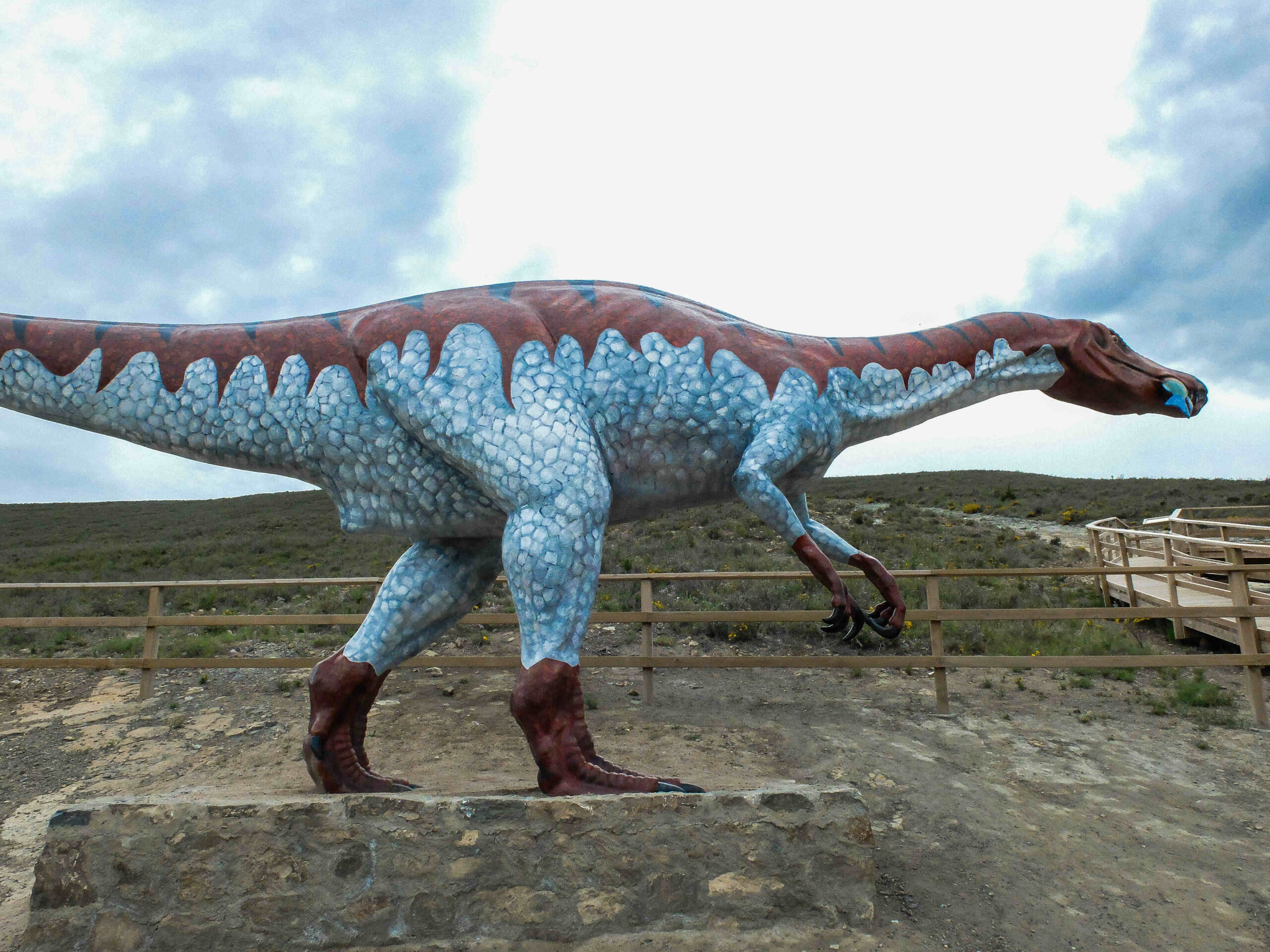
While some predators relied on speed or strength, others perfected the art of stealth. Baryonyx, with its crocodile-like snout and massive claws, was perfectly adapted for ambush hunting along riverbanks. Its low profile and specialized fishing equipment made it a master of surprise attacks.
These ambush predators developed different body plans entirely—longer, lower profiles that could remain hidden in vegetation or shallow water. Their attacks were devastating precisely because they were unexpected. A single strike from a Baryonyx’s massive thumb claw could disable prey before it even knew it was being hunted.
Specialized Hunting Tools: Claws, Spikes, and Blades
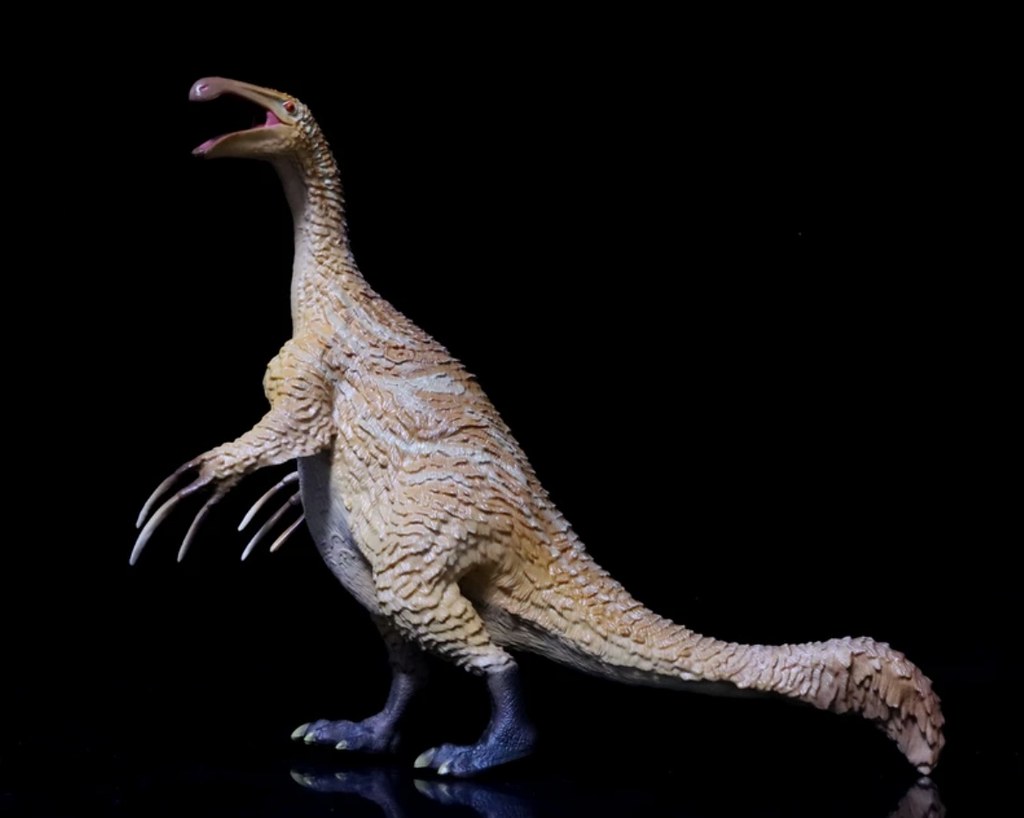
The diversity of specialized hunting tools that evolved in dinosaurs is staggering. Therizinosaurus developed claws over three feet long, not for hunting meat, but for processing massive amounts of plant material. However, these same claws could serve as formidable defensive weapons when needed.
More traditionally predatory species developed ttheirunique arsenals. Carnotaurus had forward-facing horns that could be used for head-butting prey, while Spinosaurus evolved a massive sail and crocodile-like jaws perfect for catching fish. Each species became a specialist in its particular hunting niche.
The famous sickle claws of dromaeosaurs like Deinonychus were perhaps the most elegant killing tools ever evolved, capable of delivering precise, devastating wounds with surgical precision.
Vision and Sensory Advantages

Superior sensory equipment became crucial as both predators and prey evolved better defenses. Many theropods developed forward-facing eyes that provided stereoscopic vision, essential for accurately judging distances when launching attacks. This binocular vision gave them a significant advantage over prey animals with eyes positioned on the sides of their heads.
Recent research has revealed that some dinosaur predators had incredibly sophisticated sensory systems. Tyrannosaurus rex possessed an enlarged olfactory bulb, suggesting it had an exceptional sense of smell, possibly even better than modern bloodhounds. This made it not just a fearsome predator, but also an efficient scavenger capable of detecting carrion from miles away.
Intelligence and Problem-Solving
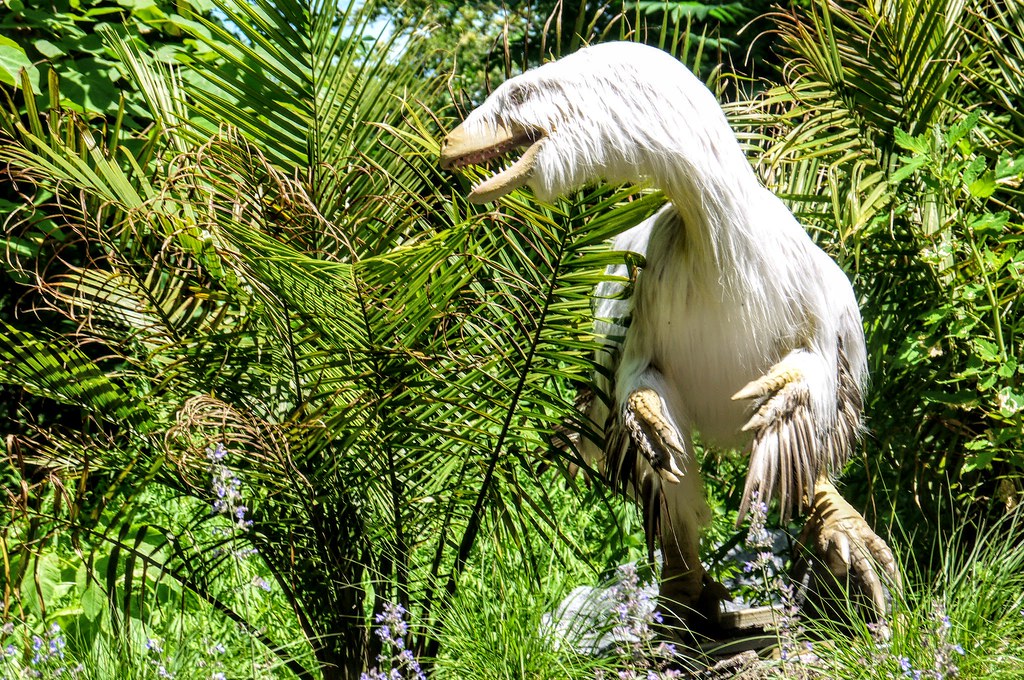
The evolution of larger brains in predatory dinosaurs represents one of the most significant advances in hunting capability. Troodon, a small but highly intelligent predator, had a brain-to-body ratio similar to modern birds, suggesting sophisticated problem-solving abilities and complex social behaviors.
This intelligence manifested in various ways—from the ability to use tools and manipulate objects to complex hunting strategies that required planning and foresight. Some species may have even been capable of setting traps or using environmental features to their advantage during hunts.
The development of enhanced cognitive abilities also enabled better learning and adaptation, allowing individual predators to improve their hunting success over their lifetimes.
Adaptation to Changing Environments

As Earth’s climate and geography shifted throughout the Mesozoic era, dinosaur predators had to constantly adapt their hunting strategies. The breakup of supercontinent Pangaea created new environments and isolated populations, leading to the rapid diversification of hunting techniques.
Some predators became specialists in dense forests, developing enhanced maneuverability and stealth capabilities. Others adapted to open plains, becoming long-distance pursuit predators with incredible endurance. Coastal species like Spinosaurus developed semi-aquatic hunting strategies that allowed them to exploit entirely new food sources.
This environmental pressure drove innovation at an unprecedented pace, with new predatory adaptations appearing every few million years.
The Rise of Aerial Predators
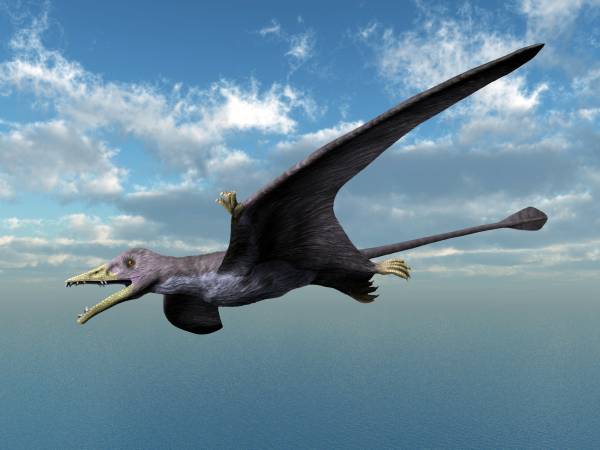
The evolution of flight in dinosaurs opened up entirely new hunting possibilities. While most people think of pterosaurs when discussing flying reptiles, many dinosaurs themselves developed the ability to glide or fly, fundamentally changing predator-prey dynamics.
These aerial hunters could attack from above, pursue prey across barriers like rivers or cliffs, and access food sources that ground-based predators couldn’t reach. The development of powered flight in dinosaurs led to birds, which continue to be highly successful predators today.
Even non-flying dinosaurs began developing adaptations to deal with aerial threats, creating a three-dimensional arms race that pushed evolution in unexpected directions.
Defensive Responses and Counter-Adaptations

As predators became more sophisticated, prey animals were forced to develop increasingly elaborate defenses. This created a feedback loop where each advance in hunting technology prompted new defensive innovations, which in turn drove further predatory evolution.
Massive sauropods developed group living strategies and possibly even coordinated defensive behaviors. Armored dinosaurs like Ankylosaurus evolved nearly impenetrable defenses, while others like Parasaurolophus developed complex communication systems to warn of approaching threats.
The most successful predators were those that could adapt to these changing defenses, leading to the evolution of behavioral flexibility and tactical thinking that approaches what we see in modern intelligent predators.
Communication and Coordination
Advanced predators developed sophisticated communication systems that allowed for coordinated hunting strategies. Evidence from dinosaur brain casts suggests that many species had enlarged areas responsible for processing sounds and vocalizations.
Some dinosaurs likely used infrasonic communication—sounds too low for humans to hear—that could travel great distances and coordinate pack movements across vast territories. Others developed visual displays and body language that allowed for silent coordination during hunts.
The evolution of complex communication systems was crucial for species that hunted in groups, allowing them to share information about prey locations, coordinate attacks, and even divide roles within the hunting party.
The Ultimate Predators: Late Cretaceous Apex Hunters
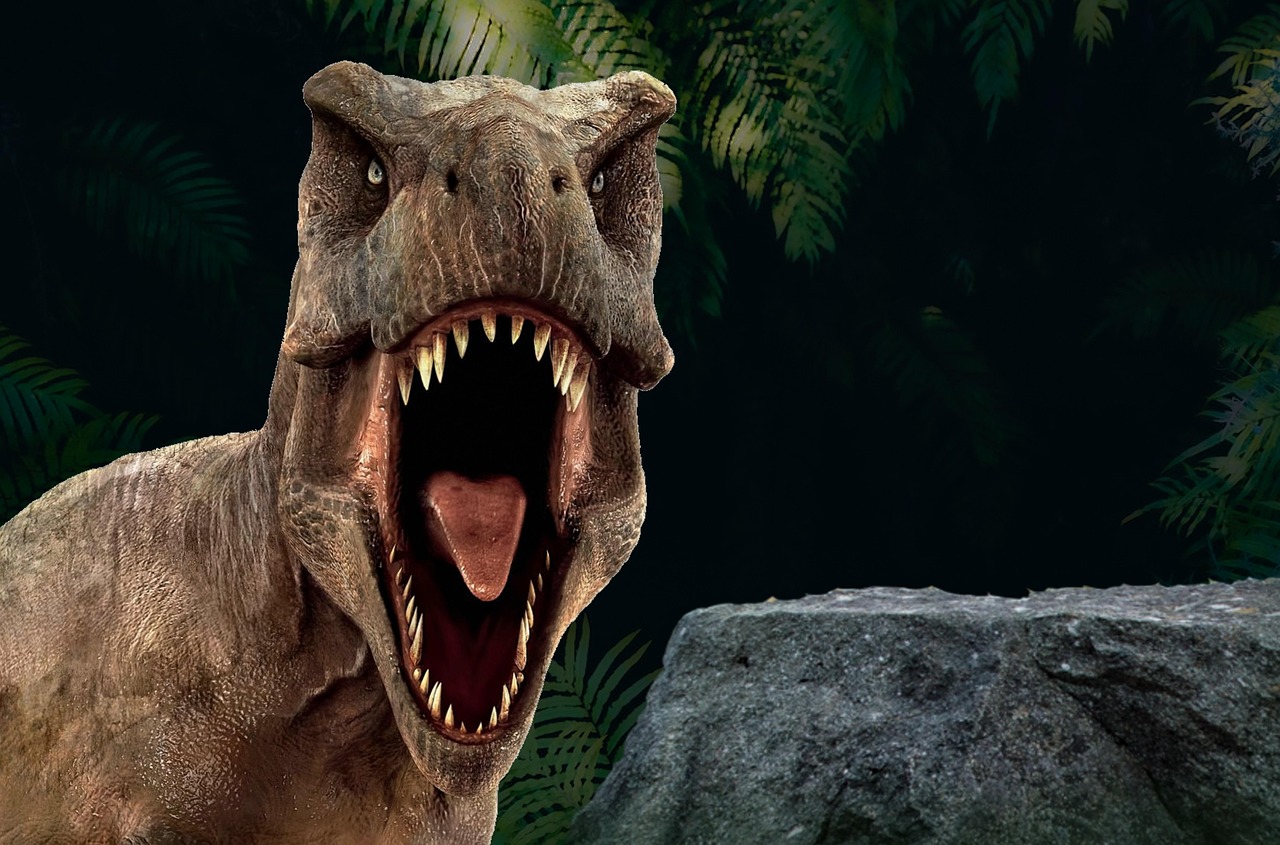
By the late Cretaceous period, dinosaur predators had reached their evolutionary peak. Species like Tyrannosaurus rex, Giganotosaurus, and Carcharodontosaurus represented the culmination of over 100 million years of predatory evolution.
These apex predators combined massive size, incredible bite force, sophisticated sensory systems, and complex behaviors into the most formidable hunting machines the world has ever seen. They were perfectly adapted to their environments and had few, if any, natural enemies as adults.
What made these ultimate predators so successful wasn’t just one trait, but the combination of all the evolutionary advances that had accumulated over millions of years. They were the result of the longest and most intense arms race in Earth’s history.
Legacy and Modern Implications
The hunting techniques developed by dinosaurs didn’t disappear with their extinction—they live on in their descendants, modern birds. From the precision strikes of hawks to the pack hunting of Harris’s hawks, we can see echoes of ancient predatory strategies in today’s avian hunters.
Understanding dinosaur hunting evolution also provides insights into modern conservation efforts. By studying how ancient ecosystems functioned and how predator-prey relationships shaped biodiversity, we can better predict and manage current ecological challenges.
The lessons learned from dinosaur predation continue to influence everything from robotics design to military strategy, proving that these ancient hunters still have much to teach us about the nature of survival and success.
Conclusion

The 165-million-year saga of dinosaur predation represents one of evolution’s most spectacular success stories. From humble beginnings as small, agile hunters to the development of 40-foot-long super-predators, dinosaurs pushed the boundaries of what was possible in the natural world. Their innovations in hunting technology—from bone-crushing jaws to sophisticated pack strategies—created an arms race that drove evolution at breakneck speed and produced some of the most remarkable creatures ever to walk the Earth. These ancient predators didn’t just hunt for survival; they fundamentally rewrote the rules of life itself, leaving a legacy that continues to shape our world today. What other secrets might these magnificent hunters still be hiding in the rocks beneath our feet?

